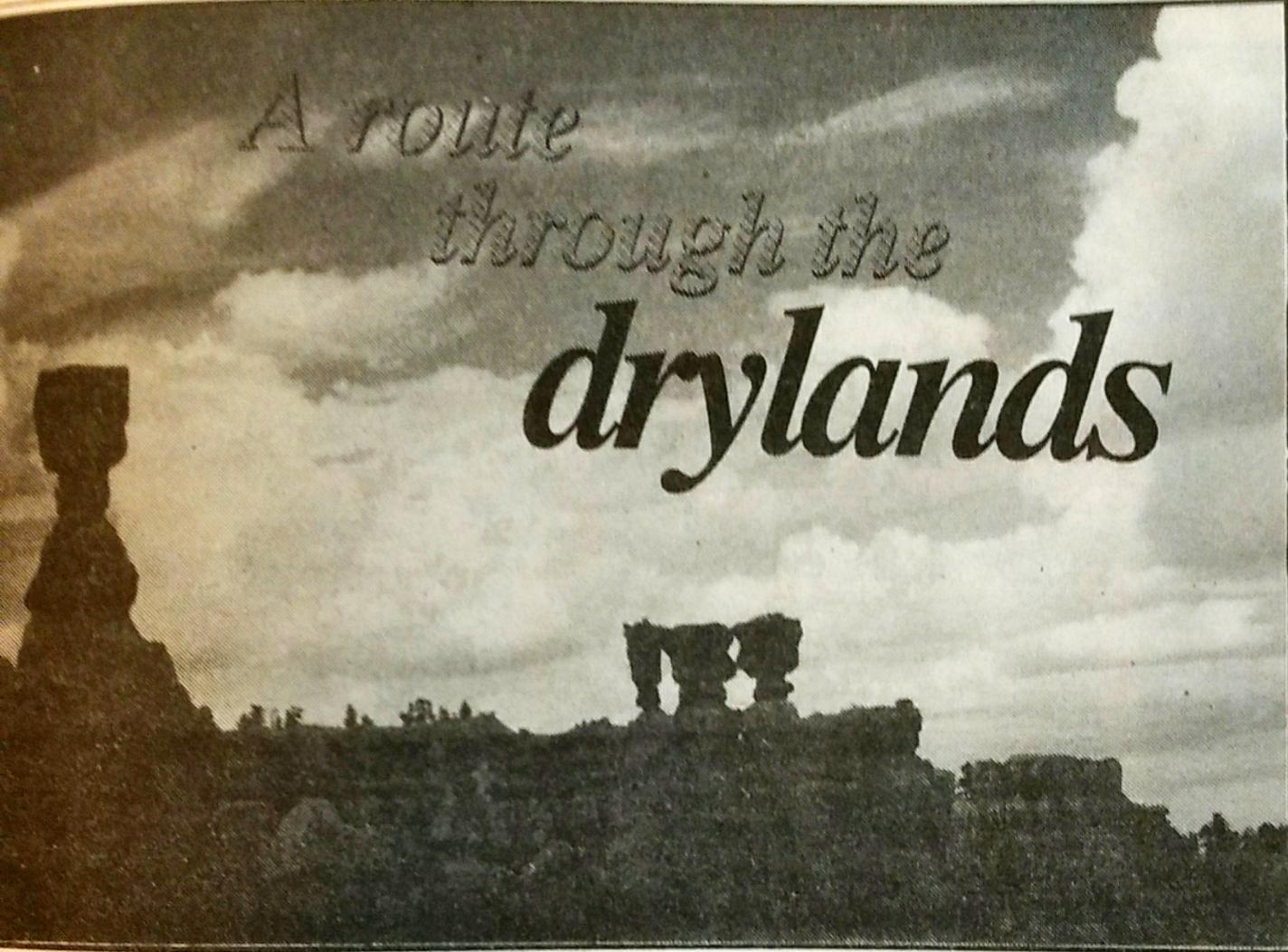By Felix Vikhman
The lightning usually starts after 7 p.m., a little after dusk, once the northern desert climate has time to cool from its daytime highs of the mid ‘90s, often shooting up into the hundreds. During the days, bodies of water, whether it is an open bottle of Evian or a manmade lake, evaporate into a steady river of steam. The American’s Four-Corner region where Utah, Colorado, New Mexico and Arizona meet, is one of the driest regions in the world. At night, the water vapours collect in the heavens and rub against the dry air underneath. The resulting static electricity culminates, then explodes into a brilliant storm, turning the night sky into a giant strobe light.
Circling the cross of the Four-Corners border, we began anticipating the rainless thunders showers for the relief they bring from the day’s heat and night’s cold. We were on the road in an old Chrysler minivan with a broken air conditioner, sleeping in run-down camp sites in a vinyl tent. At first, the lightning’s consistency was an enigma, but to Shael, Jesse, Stephanie and I, it grew comforting. It was a local friend we needed. Just graduating from high school and seeing Oliver Stone’s The Doors once too often, we hopped in the van expecting the best and unprepared for the worst.
To compensate for our naivete we were forced to learn how to deal with the terrain on the fly. For example, when driving through the desert’s daytime heat in a van prone to overheating, there is only one thing we could do to keep the engines’ metalix parts from melting together: Drive with the cabin heat on full.
On the road in one of the most picturesque places in the world, modern civilization becomes a memory. Nature is omnipresent and out existences become fragile, at best.
We were driving through the Page Lake area on our way to the southern canyons of Utah. Jutting through the lake, like icebergs in the northern Atlantic, are thousand-foot high, rock-monoliths, of which only a third can be seen peeking through the surface, being perfectly reflected off the calm waters. Driving past the lake, the highway zigzags between dryland monoliths that, in their evolution, left no straight path for civilization to make a road through. As night falls, my friends and I joke about bumbling coyotes and roadrunners going “beep” as they race by our van.
Page Lake is the largest body of water in the southern midwest, and is also the largest man-made lake in the world. The vast amount of water that evaporate off it ensure that the whole of the mid-southwest is always in the midst of a water shortage. The lightning storms more spectacular than anywhere I’ve seen. At dusk, the only visibility is the narrow strand of asphalt illuminated by our headlights. For only a few minutes, the darkness was calming, fooling us into where we were and what surrounded us.
This time we were driving into a lightning storm, instead of it surprising us, throwing its first bolt and crackle like a cherry bomb exploding under your chair. The thunder’s bass echoed in our ears, making conversation impossible. For a split second, every other second, flashes of light turned night into day, alerting us to the fact that the monoliths hadn’t disappeared. They were still there — looking down on our miniscule minivan — forcing us to realize we were nothing but a feeble annoyance to the majestic geology we imposed on.










Leave a Reply